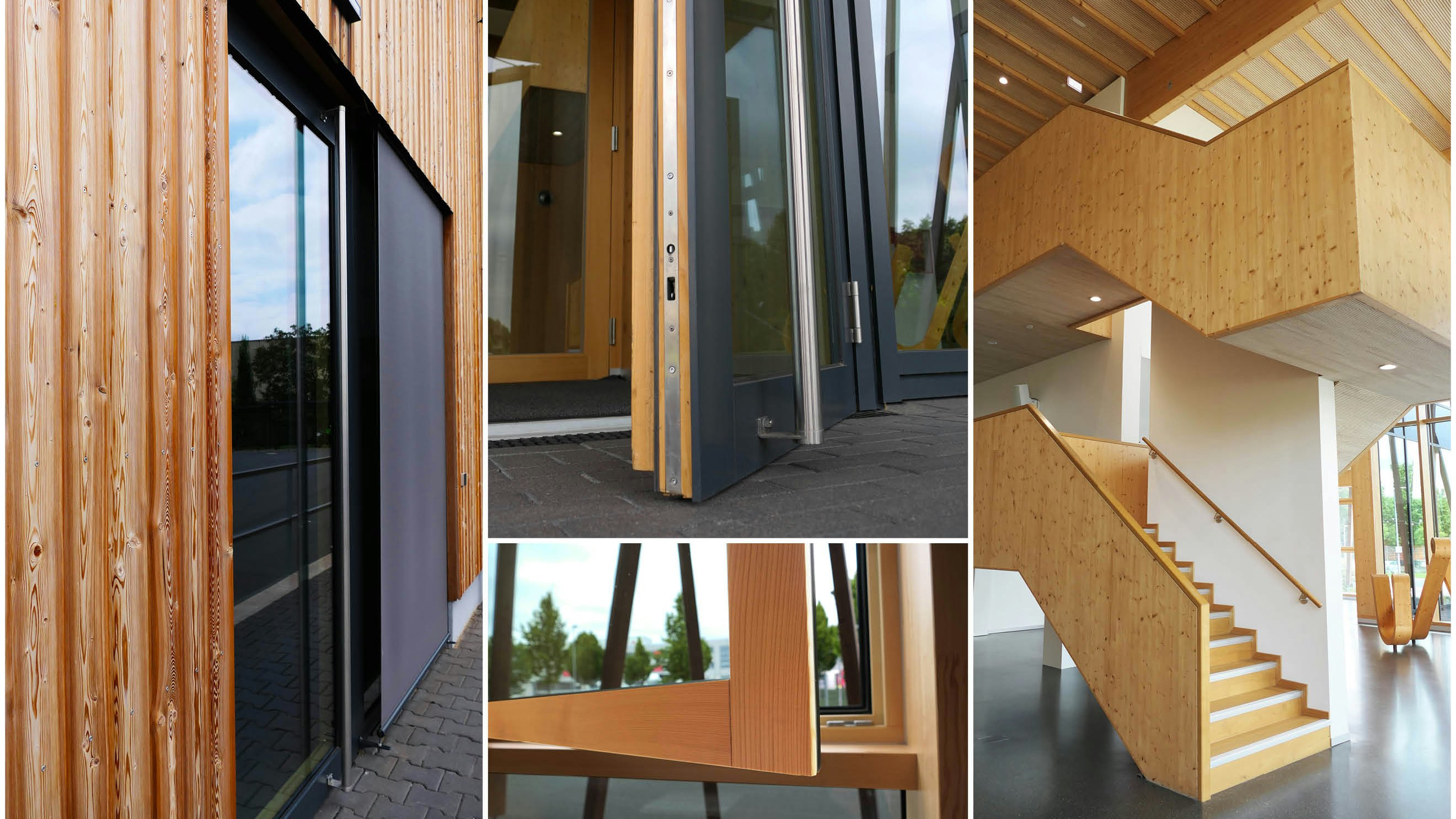Many Different Similarities—Adhesives as Enablers

It becomes clear that the differing building elements have similar challenges to meet. Another similarity is that they are composite elements. Composite elements are an integral part of modern construction and renovation. They combine different materials to achieve composite properties, be it in terms of static, visual, physical or sustainable characteristics. Rational and efficient construction projects would not inconceivable without these innovative solutions.
Composite elements have a wide range of applications. But are there also similarities in the manufacturing process?
The answer is: Yes, adhesives. They play a central role and are enablers. They do not only connect materials, but an entire industry. Moisture-curing polyurethane adhesives, in particular, provide many advantages, such as outstanding resistance to temperature and moisture, and can bond a broad spectrum of different materials. They are partly rubber-elastic, generally recognized as physiologically safe and have a good resistance to aging.
An important step in the manufacturing of building elements is the lamination process, where a carrier substrate is coated with a surface material. The purpose of this process is to add useful properties, to protect or to decorate. During the lamination process, the different materials are connected using bonding as joining method. The material mix, the process and the adhesive properties are major influencing factors. In addition, the parts have to meet different aspects of downline processing, regulatory standards and requirements for the end product.
The lamination procedure can be stationary or a continuous process. Typical examples are the so-called profile wrapping or flat lamination. In door production, for example, the door frames consisting of a wood-based material are wrapped with a decorative foil. Door leaf surfaces, on the other hand, are finished with a decorative layer in a flat lamination process. In both processes, the adhesive is the enabler of economical processes.
Modern lamination technologies not only facilitate high-quality and visually appealing building elements, such as doors, windows or floors. They also enable the production of building elements which meet the high requirements in terms of resistance, sustainability and functionality, for example roofing, cladding and insulation elements.
Building elements are often composite elements which are only made possible by advanced adhesive technologies. Lamination is an impressive example of the wide range of applications but also of the similarities which this process technology connects.
